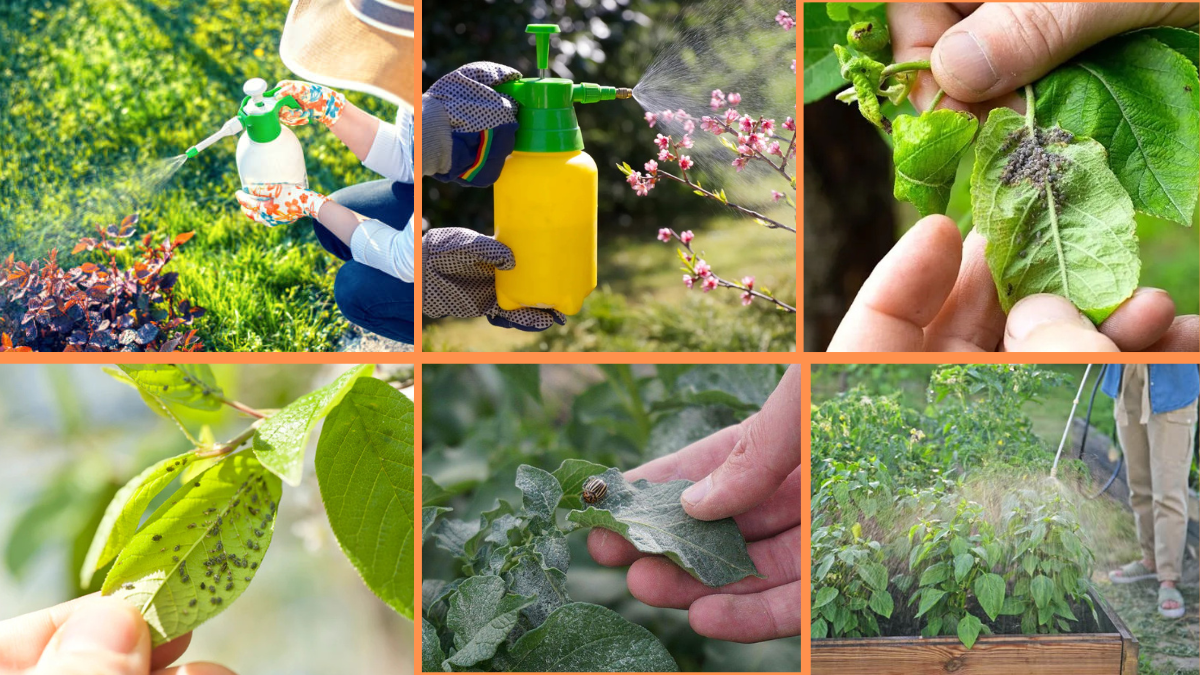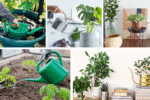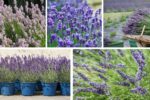Every plant lover and gardener has faced it — that sinking feeling when you spot chewed leaves, sticky residue, or tiny invaders on your once-thriving plants. While pests are a natural part of any ecosystem, too many can wreak havoc on your flowers, vegetables, and houseplants.
The good news? You don’t have to resort to harsh chemicals to protect your green friends. With a smart, eco-friendly approach, you can maintain a healthy, thriving garden while keeping pests in check.
Let’s dive into 10 practical, natural, and effective tips to keep pests away from your plants — whether they live in your backyard, on your balcony, or inside your home.
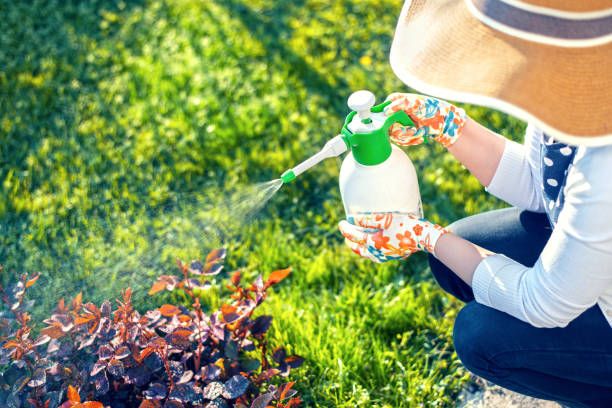
1. Keep Your Plants Healthy
The first line of defense against pests is ensuring your plants are strong and healthy. Pests tend to target weak, stressed plants, so by keeping your plants in optimal condition, you’ll naturally make them less attractive to invaders.
How to boost plant health:
- Water consistently, but avoid overwatering.
- Choose the right plants for your local climate and soil type.
- Use organic compost or balanced fertilizer.
- Ensure good air circulation around plants to prevent fungal issues.
- Remove dead leaves and debris where pests like to hide.
A robust plant has better natural defenses to fend off minor infestations without human intervention.
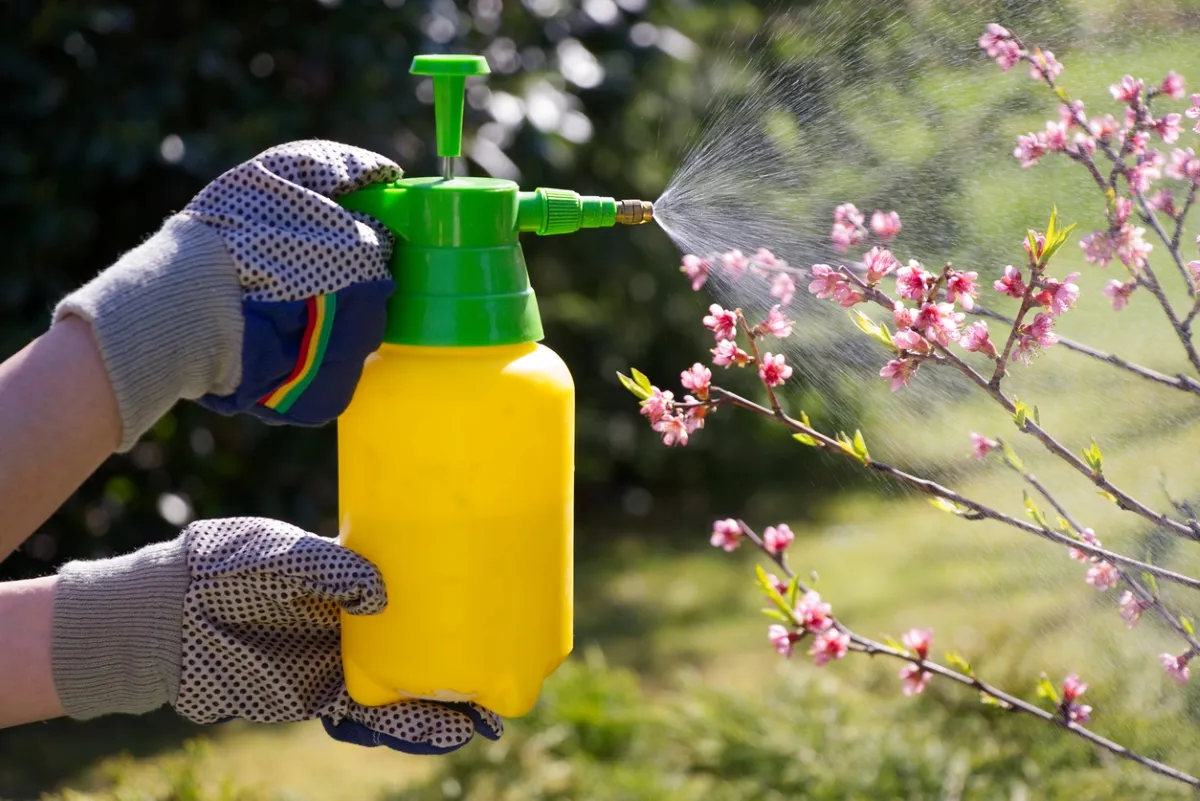
2. Introduce Beneficial Insects
Not all bugs are bad for your plants. In fact, many are natural predators to harmful pests.
Beneficial insects to invite or introduce:
- Ladybugs: Devour aphids, mites, and whiteflies.
- Praying Mantises: Eat a wide variety of garden pests.
- Lacewings: Their larvae feed on aphids, caterpillars, and thrips.
- Hoverflies: Excellent for aphid control.
How to attract them:
- Plant nectar-rich flowers like marigolds, dill, yarrow, and fennel.
- Avoid broad-spectrum pesticides that kill beneficial insects too.
Creating a balanced mini-ecosystem is one of the most sustainable ways to keep harmful pests under control.
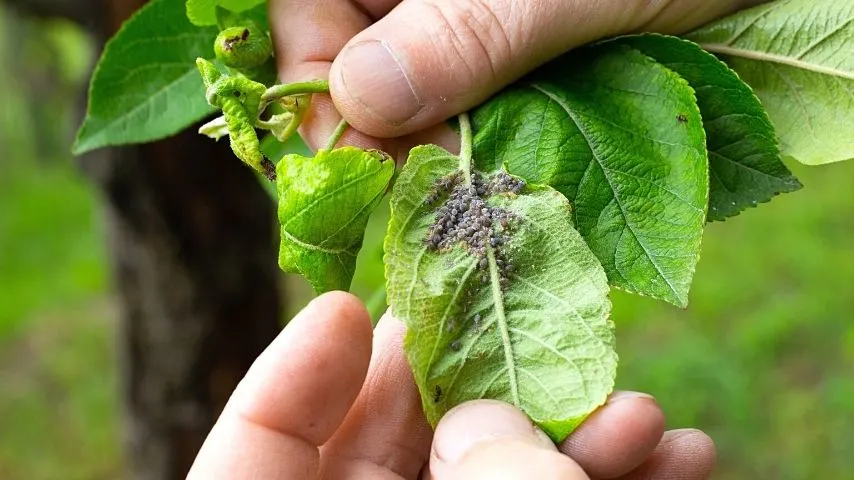
3. Use Natural Homemade Sprays
You don’t need synthetic chemicals to make effective pest sprays. Simple, natural ingredients from your kitchen can deter or kill common plant pests.
Popular DIY spray recipes:
Neem Oil Spray:
- 1 tsp neem oil
- 1 tsp mild dish soap
- 1 liter of water
- Spray directly onto affected plants.
Garlic-Pepper Spray:
- Blend 1 garlic bulb and 1 hot pepper with 2 cups of water.
- Strain, then mix with 1 liter of water and a few drops of dish soap.
- Spray in the evening to avoid sun damage.
Soap Spray:
- 1 tbsp liquid dish soap
- 1 liter of water
- Spray directly on pests like aphids, mealybugs, and spider mites.
Always test a small leaf patch first to check for sensitivity.
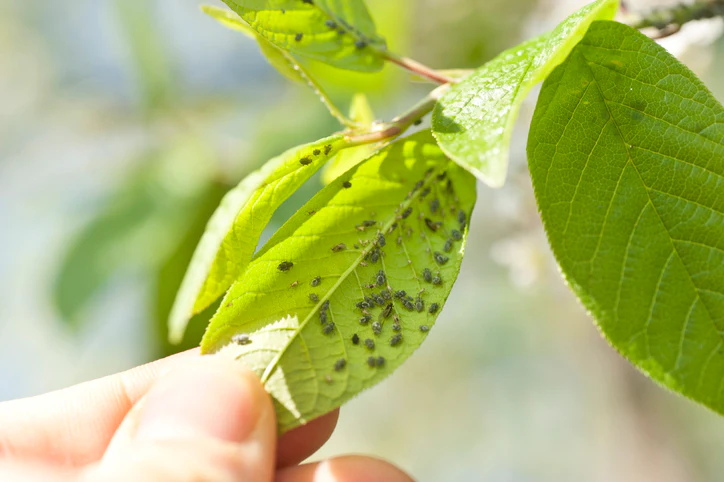
4. Practice Companion Planting
Companion planting involves strategically placing plants together that naturally benefit one another. Some combinations help repel pests or attract beneficial insects.
Great pest-repelling combinations:
- Basil with tomatoes: Repels flies and mosquitoes.
- Marigolds with vegetables: Deters nematodes and aphids.
- Lavender with roses: Keeps aphids and moths away.
- Mint with cabbage: Discourages cabbage worms and flea beetles.
This method not only controls pests but also improves pollination and soil health.
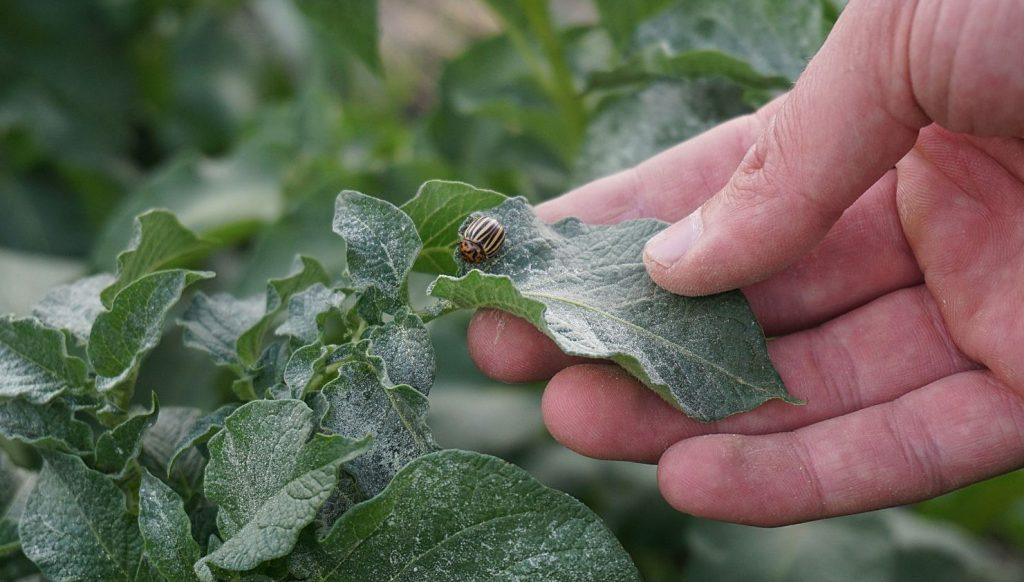
5. Rotate Crops and Plants
If you’re growing vegetables or herbs, avoid planting the same crops in the same spot season after season. Crop rotation prevents the buildup of soil-borne pests and diseases that target specific plants.
Benefits of rotating crops:
- Breaks pest life cycles.
- Preserves soil nutrients.
- Reduces the spread of diseases like root rot and mildew.
Even for potted plants, changing their location occasionally can disrupt pests that depend on stable, predictable conditions.
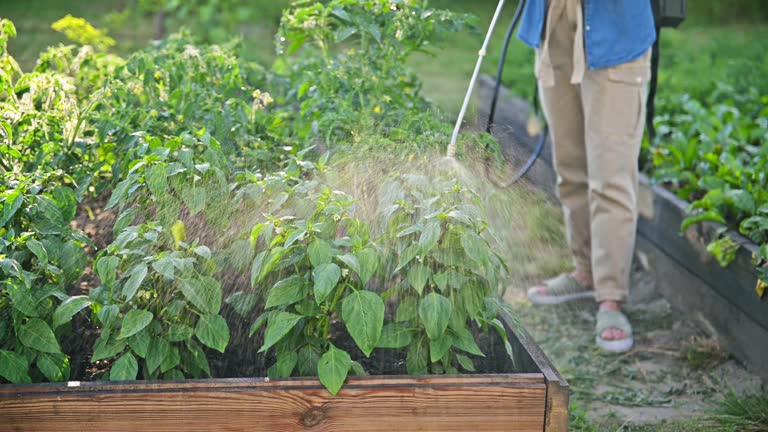
6. Mulch with Care
Mulching conserves moisture, suppresses weeds, and improves soil health — but it can also create a haven for slugs, snails, and other pests if done carelessly.
Tips for pest-smart mulching:
- Use fine, dry mulch like straw, crushed leaves, or wood chips.
- Keep mulch a few inches away from plant stems.
- Avoid over-mulching, which can trap excess moisture and attract pests.
Organic mulches break down into nutrients while reducing pest access to soil surfaces.
7. Handpick and Remove Pests
It might not be glamorous, but sometimes the most effective solution is the simplest: remove pests by hand.
What to do:
- Inspect plants regularly for bugs and eggs.
- Pick off large insects like caterpillars and beetles.
- Wipe or wash away aphids and mites with a damp cloth or water spray.
- Drop pests into a bucket of soapy water to dispose of them.
Frequent hands-on inspections prevent minor infestations from becoming major problems.
8. Create Physical Barriers
Stop pests from reaching your plants by using physical barriers.
Options include:
- Row covers: Lightweight fabrics that protect crops from insects while allowing light and rain through.
- Fine netting or mesh: Useful for protecting fruit trees and vegetable beds.
- Copper tape: Deters slugs and snails around pots and raised beds.
- Garden cloches: Mini greenhouses that shield seedlings from pests and frost.
These barriers are especially handy during vulnerable seedling stages or pest-prone seasons.
9. Clean Garden Tools and Containers
Pests, eggs, and fungal spores can linger on your tools, gloves, and containers.
Prevention practices:
- Disinfect tools with a diluted bleach solution or soapy water.
- Rinse pots and seed trays between uses.
- Clean up fallen leaves and plant debris regularly.
- Avoid moving infected soil or plants near healthy ones.
A clean garden reduces the spread of pests and plant diseases dramatically.
10. Encourage Biodiversity
A biodiverse garden naturally keeps pest populations in check because predators and prey maintain a balanced ecosystem.
How to increase biodiversity:
- Plant a mix of flowers, herbs, shrubs, and vegetables.
- Include flowering plants that bloom at different times.
- Leave a small wild area or native plant patch.
- Install bird feeders or insect hotels.
Diverse gardens are less likely to suffer from massive pest outbreaks and are generally healthier overall.
Final Thoughts
Dealing with pests is part of gardening, but it doesn’t have to be a constant battle. By applying these 10 natural, sustainable, and effective strategies, you’ll not only protect your plants but also create a healthier, more balanced outdoor or indoor environment.
From introducing helpful bugs and planting clever companion crops to using homemade sprays and practicing good garden hygiene, every small step makes a difference.
So put on your gardening gloves, embrace nature’s wisdom, and let your plants flourish — pest-free and naturally beautiful.
